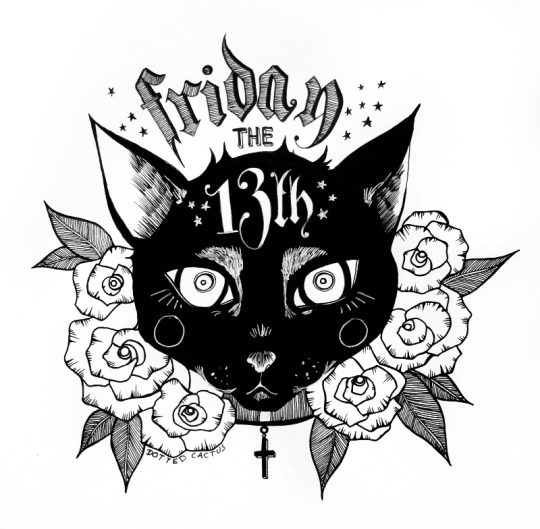Photo
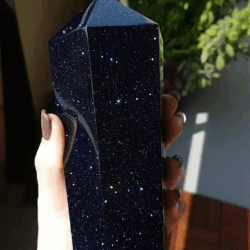

jimajeen
33K notes
·
View notes
Photo





How to make a Chinese herbal tea? 逍遥草本茶,泡一杯自在逍遥!
7K notes
·
View notes
Photo

The constellations Lyra and Cygnus. The beauty of the heavens. 1842.
Internet Archive
16K notes
·
View notes
Text
Crystals that are NOT suitable for placing in water / making gem water
This list will explain common stones that are either toxic to use for drinking in gem water or stones that are soluble in water. :)
Alunite: Non toxic but soluble in water
Anglesite: Toxic and slightly soluble in water
Arsenopyrite: Potentially toxic
Azurite: Harmful
Azurite-Malachite: Harmful
Azurite-Pseudomalachite: Harmful
Bunsenite: Toxic; allergen; avoid skin contact
Calomel: Possibly hazardous to health
Cerussite: Toxic
Chalcanthite: Harmful; easily soluble in water
Cinnabar: Very toxic!
Cinnabar-Opal: The cinnabar stored in the opal is toxic
Crocoite: Toxic
Cuprite: Harmful
Durangite: Potentially toxic
Eclipse Stone: Limestone with orpiment, toxic
Eilat Stone: Harmful
Erythrite: Potentially toxic
Fiedlerite: Toxic
Fluorite, Antozonite variety: Potentially harmful
Galenite: Toxic and slightly soluble in water
Gaspeite: Harmful; allergen; avoid skin contact
Greenockite: Toxic
Halite: Not toxic in small quantities, but dissolves easily in water
Iron-nickel Meteorite: Harmful; allergen; avoid skin contact
Jamesonite: Potentially toxic
Lemon Chrysoprase: Potentially harmful; allergen; avoid skin contact
Lopezite: Very toxic! Hazardous even through skin contact
Malachite: Harmful
Millerite: Toxic; allergen; avoid skin contact
Minium: Toxic
Nickeline: Toxic; allergen; avoid skin contact
Olivenite: Potentially toxic
Orpiment: Toxic
Proustite: Potentially toxic
Psilomelane and Pyrolusite: Harmful
Pyromorphite: Potentially toxic
Rauenthalite: Toxic
Realgar: Toxic. Store in dark, securely locked place.
Scorodite: Potentially toxic
Sphaerocobaltite: Harmful; allergen; avoid skin contact
Stibnite: Harmful
Tetrahedrite: Potentially harmful
Ulexite: Non toxic but slightly soluble in warm water
Valentinite and Senarmontite: Harmful
Vanadinite: Toxic
Wulfentie: Potentially toxic
45K notes
·
View notes
Photo
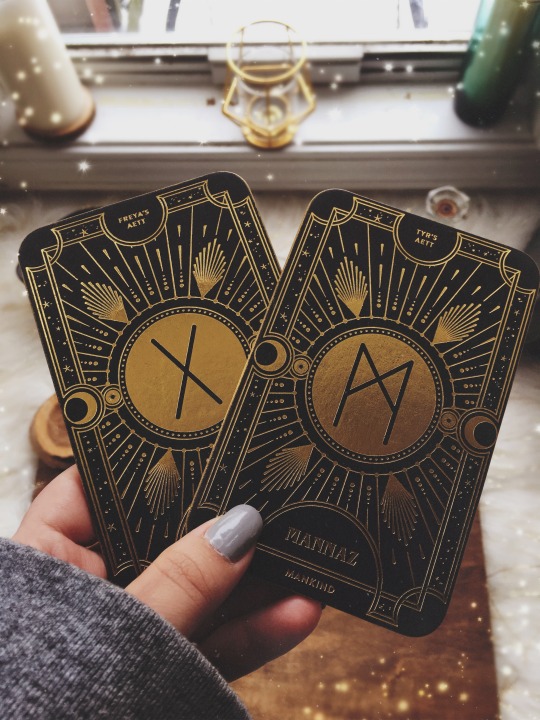
✨Gebo + Mannaz // Gift + Humankind ✨
This pair of runes have been popping up a lot in my own personal readings. My interpretation of the two together is that it tells of using my gift to help others. A simple exchange, but focusing on supporting those that are close to me. My own spiritual journey can be fulfilled by assisting others in discovering the inner workings of themselves. So how can I help you?
Rune Deck: Cosmic Whisper by ( IG @cocorrina.co )
314 notes
·
View notes
Text
How It Feels To Be Loved By The Moon Signs
Aries Moon - this is a new love. this is being stuck in the honeymoon phase. it’s a million kisses, everywhere you go. it’s the rain on your skin. it’s both cold and hot, the love swings you everywhere.
Taurus Moon - this is the love of adventure mixed with stability. even just staying home feels like a brand new day with your eyes wide open. they want to take photos of you all day long, because they’re in love with your beauty. they know how to make you fall in love with yourself.
Gemini Moon - this love feels like freedom. you’re flying through the sky on a private jet, and joining the mile high club. they are so intelligent and this love is talking. you talk through everything, and you find yourself surrounded by a dozen love letters they’ve made for you.
Cancer Moon - this love feels like home. this is your mom’s home cooked meals, and your grandma’s secret recipes. it’s always having a pair of arms to fall into. it’s softness and sugar and sweetness. it’s feeling like you’re always gonna be accepted and have a place to go, no matter what.
Leo Moon - this is the love for royals. you will be treated like you’re fit for the throne. they will show you off to all their friends and all over their social media, and don’t be surprised when they brag about your accomplishments as if they were their own! they will shower you in compliments and gifts.
Virgo Moon - an organized love. they plan the dates in advanced, and keep a calendar marked with all the significant events in the relationship (including things you may not find significant!). they show their love by collecting little items from your dates and storing them away. this love is having someone bend over backward for you time and time again.
Libra Moon - this love is very forgiving. it feels like makeup sex and dressing up for fancy dates. this is being spoiled, and being taken out all the time. money is no concern for them, when it comes to love, and they will lavish it all on you. they want you to be happy, in all scenarios.
Scorpio Moon - such a beautiful love. they will make you happy like no one else. they will be loyal to an extent you haven’t seen before, and stick by your side through everything. nothing scares them away, no matter how bad or evil you’ve been. once they love you, they love you.
Sagittarius Moon - this is a wild love. adventure at every corner. this is cruising down the Caribbean with a wine glass in hand, and their head resting on your thigh. this is tan lines and beach bodies. this is diving off cliffs thirty feet up and going skydiving. everything is exhilarating, and their love is no different.
Capricorn Moon - very stable love. they want to take care of you, and will go to the ends of the earth for you. sometimes they may seem a little stern, but in the cold, you will find the fire lighting up inside them. they keep you warm, through everything. it’s being protected, so long as they are by your side.
Aquarius Moon - this is a slow-pace love. heavy platonic, friends to lovers energy. even in the worst fights you have with them, you know they are still your best friend and will support you. it is a slow-burn, something that continues to blossom over time only to become more and more beautiful as the years pass.
Pisces Moon - a very compassionate love. they can read your mind before you even have a chance to speak it. when you have a bad day, they’re already at home with hot cocoa and a warm blanket, waiting for you. they are empathetic, and will do their best to understand what you are going thru. a very soft love, like being cuddled by kittens.
8K notes
·
View notes
Photo
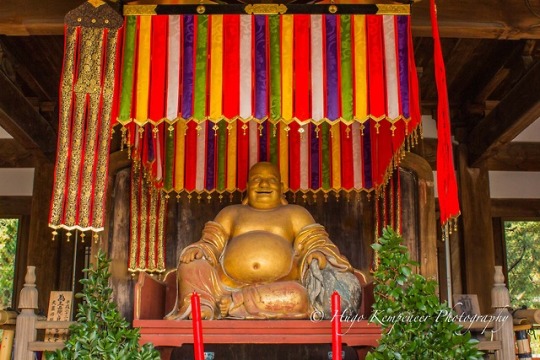
Statue of Hotei (布袋) in the Ten'nō-dono of Manpuku-ji (萬福寺) in Uji City, Kyoto-Japan.
38 notes
·
View notes
Photo

The archer. Poèmes en prose. 1928. e-rara.
4K notes
·
View notes
Text
Subscribe to my channel! Herbal remedies, recipes, and information!
19 notes
·
View notes
Text
Written material on Fairy Doctoring
Sacred Texts: Witches and Fairy Doctors
Sacred Texts: The Fairy Doctor
Irish Fairy and Folk Tales
Kayedraper-writeme: F is for Fairy Doctor
LibraryIreland.com
Sarahannellawless.com
mysticvoodoo.com: Fairy Power
Ancient Cures, charms, and usages of Ireland
Wisht Waters: By Gemma Gary
598 notes
·
View notes
Text


This bumblebee was absolutely covered in pollen and it was the most adorable thing🥺🐝
5K notes
·
View notes
Photo
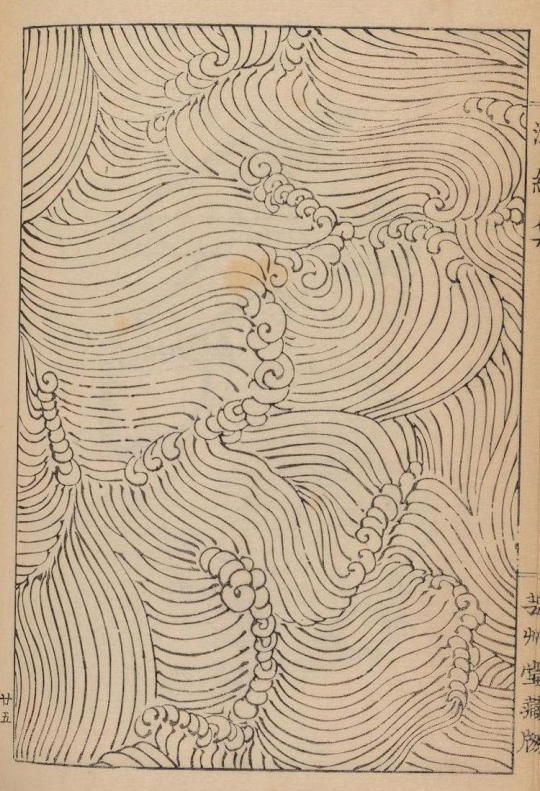
Hamonshu, a Japanese Book of Wave and Ripple Designs, 1919
Source: Archive.is
more
2K notes
·
View notes
Photo

𝗔 𝗬𝗲𝗮𝗿 𝗶𝗻 𝗙𝗮𝗶𝘁𝗵, 𝗗𝗮𝘆 𝟱: 𝗦𝗵𝗶𝗻𝘁𝗼
Shinto is the native faith of Japan and can be traced back, in one form, to roughly 300 BCE. It is centered on the belief in Kami, a category of supernatural entity I will expound upon further along in this entry. The word “Shinto” is written with the characters “神道”. The first character is the same one used to write “Kami” (in this word it used a pronunciation based on the Chinese “shén”). The second character means “path” or “way”, the same as the “tao” in Taoism. Thus “Shinto” is “the way of the Kami”.
𝗧𝗵𝗲 𝗪𝗲𝘀𝘁 𝗱𝗼𝗲𝘀𝗻’𝘁 𝗴𝗲𝘁 𝗶𝘁
Classifying Shinto has been difficult for Western academics, as it is structurally quite different from the typical Western concept of religion. Unique situations aside, making the claim “I am a Christian” also comes with implicit information that you are not a Buddhist, Jew, Sikh, etc. Shinto, on the other hand, is not only not exclusive, but has a long-standing history of incorporation with other traditions, most prominently Buddhism. In fact, some academics even say it is improper to truly classify Shinto as Japan’s indigenous faith as it may be more accurate to say it is a fusion of indigenous faith, Buddhism, and Chinese Folk Religion. Furthermore, Shinto has no central text, no founder, no messiah, no central temple or indeed any kind of true central authority. There was a brief period of some kind of unity; the reign of State Shinto, also called Imperial Shinto. This was a religious movement that we can see mirrored in the empires of Rome and the Aztec (Triple Alliance), where the state, in this case Japanese Empire in the Meiji era (1868-1912), modified the common religion into a central government controlled doctrine that promoted themes of nationalism and deified the Emperor. After WWII State Shinto was largely supplanted by the pre-existing traditions focused on shrines and local communities. It’s worth noting that many of these terms are used more by Westerners than Japanese people. It is difficult to draw specific lines between Shinto as a faith and Shinto as an extension of Japanese secular culture. Though almost all Japanese people participate in Shinto rituals and practices many would not identify themselves as practitioners of Shinto.
𝗞𝗮𝗺𝗶
Across the world, every faith and tradition has their own words for their specific supernatural entity. All translations are always somewhat imperfect. The English word “god” is not necessarily equivalent to the Hindu “Deva” or the Norse “Ǫ́ss”, but the slight imperfection is generally considered to be within the realm of acceptability, at least for none academic conversation. “Kami”, by contrast, is not normally translated. This is because English words like “god” or “spirit” do not fall within an acceptable realm of definition. Kami includes entities that we would call “gods”, like Amaterasu (the sun goddess) but it can also refer to very localized entities, such as the spirit of a specific forest or even a specific tree. Ancestral spirits can become Kami. Much like Shinto itself, Kami can vary widely. Some are powerful, some are weak. Some are eternal, some are fleeting. It is often said that there are “8 million” Kami, though this number is a common metaphor in cultures impacted by Buddhism to mean “infinity”. Kami are generally regarded to be mostly benevolent forces representing the natural order. Often shrines are placed around or even made out of distinctive natural formations, old trees and rocks being very common. A distinctive kind of rope called “shimenawa” can be tied around sacred objects or around shrines to demark the boundary between our world and the sacred place of the Kami.
𝗦𝗵𝗶𝗻𝘁𝗼 𝗶𝗻 𝗔𝗰𝘁𝗶𝗼𝗻
In another blow to typical Western conception, Shinto does not have much of a prescribed moral ethic. Instead, it is primarily focused on participation in rituals, a theme we also see in many Chinese religions like Confucianism. These rituals can be participation in yearly festivals, acts of ritual purification and hand-washing before entering sacred spaces, or even just the modest act of bowing and clapping in passing a shrine or sacred place. Showing respect to the Kami is more significant than enforcing a specific moral code. Especially with the onset of modern industrialization and the global climate crisis, Shinto has become increasingly perceived as an environmental tradition. Reverence for the Kami necessitates maintaining their homes, creations, and the natural cycles they are responsible for. Historically, shrines would often relocate as a means to maintain purity, kind of the religious version of letting a field lay fallow. Nowadays shrines can be more resilient to the idea, as moving may open up sacred land for permanent industrial development.
Image Credit: Fuba Hachimangu shrine in Shimanto City, Japan. Picture taken by Wikipedia user Reggaeman.
182 notes
·
View notes


